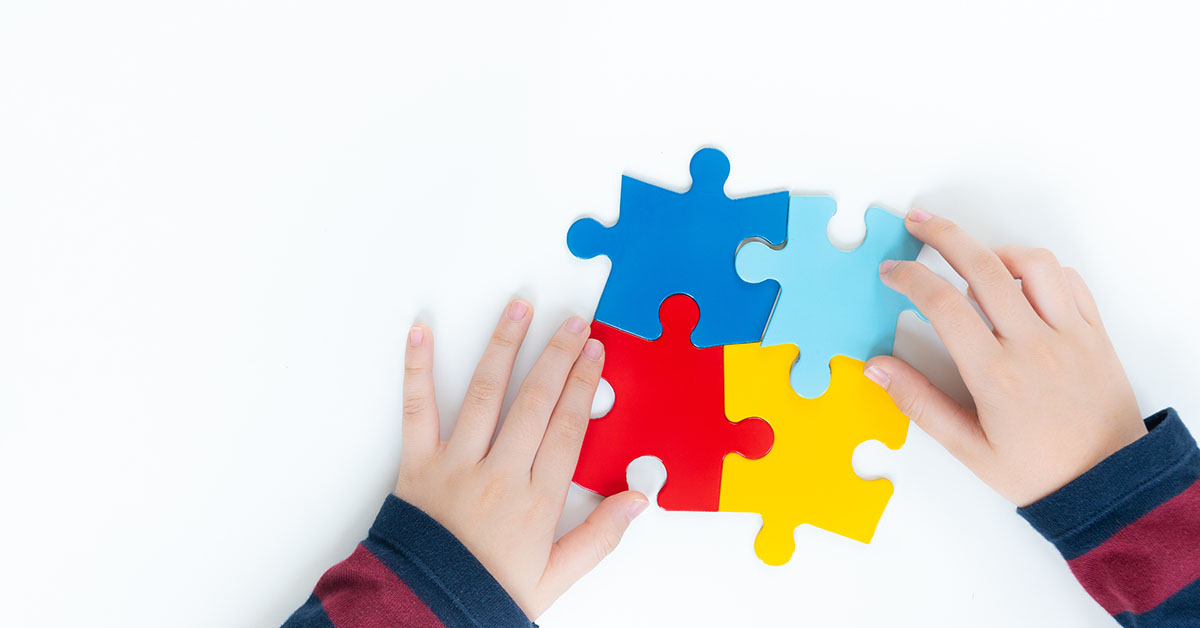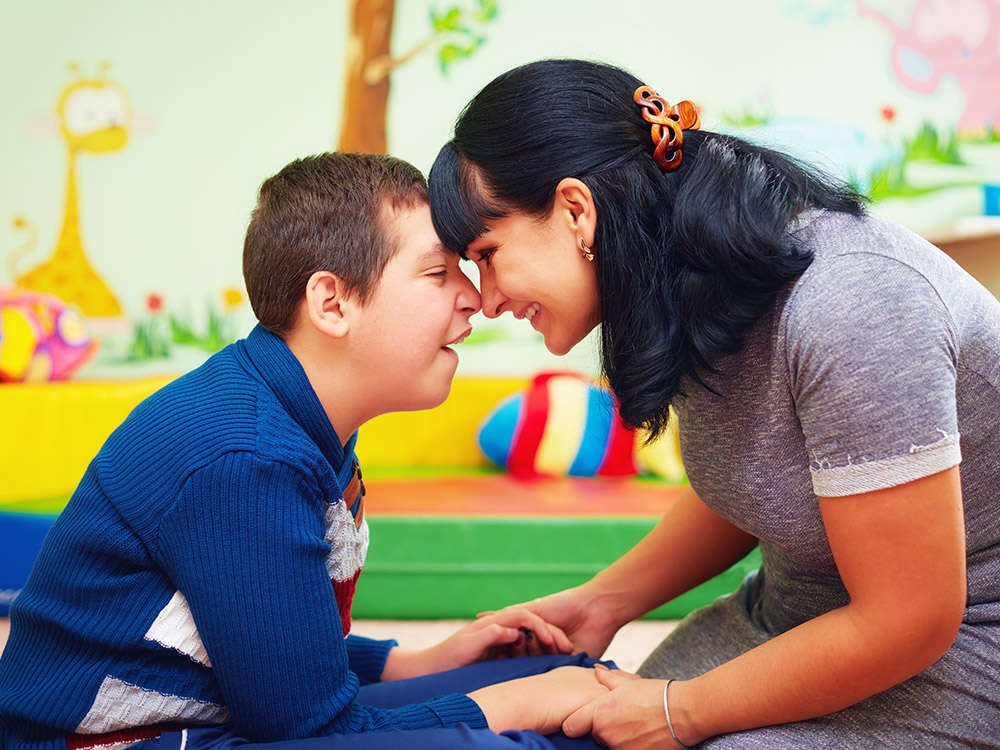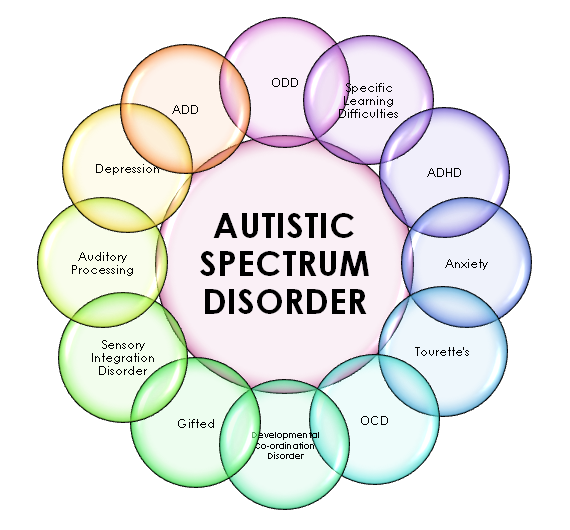Checking Out Autism: Methods for Reliable Interaction and Communication
Reliable communication and communication with people on the autism spectrum necessitate a comprehensive understanding of their unique requirements and choices. Approaches such as employing clear language, using aesthetic assistances, and promoting constant regimens can considerably boost interaction and reduce stress and anxiety. Furthermore, recognizing the relevance of non-verbal hints and shared passions paves the way for purposeful connections. The details of these strategies disclose more factors to consider that merit exploration, especially in how they can be adjusted to diverse contexts and individual experiences. What might these adaptations look like in method?
Comprehending Autism Range Condition
Autism Range Problem (ASD) includes a series of neurodevelopmental problems defined by challenges in social communication, communication, and repetitive actions. The term "range" shows the varied indications and differing degrees of extent experienced by individuals with ASD. While some may exhibit considerable problems, others may present high-functioning characteristics, allowing for higher independence in every day life.
The start of ASD typically occurs in very early childhood years, with indicators commonly well-known by age two. Early indications may include delayed speech growth, limited eye get in touch with, and problems in comprehending social signs. Although the exact etiology of ASD remains unclear, research study suggests a mix of environmental and genetic aspects plays an important function in its development.
People with ASD typically have distinct staminas, such as enhanced focus to detail and phenomenal memory skills. They might have a hard time with comprehending abstract principles and taking care of changes to routine - autism. Consequently, interventions and support customized to specific demands are important for cultivating interaction and social skills. Acknowledging the complexity of ASD is important for promoting recognition, acceptance, and reliable approaches that facilitate significant communications with people on the spectrum.

Importance of Clear Interaction
Efficient interaction is crucial for promoting understanding and link, especially for people with Autism Range Problem (ASD) Clear communication not just facilitates social communications however additionally enhances the individual's ability to express their feelings, requirements, and ideas. For people with ASD, the nuances of language can often be challenging; therefore, making use of unambiguous and straightforward language is necessary.
In addition, clear communication aids minimize disappointment and anxiousness that might occur from misunderstandings. When messages are conveyed in a direct and regular fashion, individuals with ASD are much better outfitted to translate details precisely, which can considerably enhance their social engagement and participation in various setups.
Developing routines and making use of aesthetic supports can better boost clear interaction. These strategies supply people with predictable structures that help comprehension and retention of details. In addition, actively paying attention and being patient throughout communications promotes a helpful atmosphere where individuals with ASD really feel valued and understood.
Ultimately, prioritizing clear interaction not only empowers individuals with ASD however additionally cultivates more meaningful links with their peers, caregivers, and the larger community, leading the way for collective connections and comprehensive communications. - autism
Non-Verbal Interaction Techniques
Communication expands past words, and for individuals with Autism Range Problem (ASD), non-verbal signs play a considerable role in communications. Non-verbal interaction techniques can consist of faces, gestures, body movement, and eye get in touch with, every one of which function as vital elements for communicating emotions and purposes.
Recognizing and interpreting these non-verbal signals can improve communications with people with ASD. A cozy smile or open pose can produce an inviting environment, encouraging engagement. Making use of aesthetic aids-- such as image cards or icons-- can link interaction gaps and help share messages extra successfully.
It is likewise essential to be conscious of personal area, as people with ASD might have different comfort degrees concerning proximity. Observing their responses to physical nearness can inform proper modifications.

Developing Supportive Settings
Developing a helpful setting is critical for fostering favorable communications and enhancing the health of people with Autism Range Disorder (ASD) Such environments can substantially lower anxiousness and create a sense of safety, enabling individuals to express themselves extra easily.
To accomplish this, it is necessary to take into consideration sensory level of sensitivities that people with ASD might experience. Changing the physical area to consist of soft lighting, minimal history sound, and comfortable seats can create a relaxing environment. Furthermore, making use of regular regimens and clear aesthetic timetables can aid individuals expect shifts and reduce uncertainty, additional promoting comfort.
Social rooms should be structured to decrease frustrating stimuli while supplying opportunities for involvement in recommended activities. Facilitating locations marked for peaceful time can also act as a sanctuary during minutes of anxiety. Significantly, including components of option encourages individuals, allowing them to exercise firm in their environment.

Motivating Social Communications
Promoting social interactions among people with Autism Range Problem (ASD) calls for deliberate strategies that prioritize comfort and interaction. Establishing predictable routines can help lower anxiousness, making social settings extra friendly. Producing organized atmospheres with specified duties and duties allows individuals to engage without the frustrating stress of unstructured social characteristics.
Integrating rate of interests and staminas right into social activities can serve as a catalyst for communication. Arranging group activities around shared leisure activities or subjects of attraction can assist in natural discussions and connections. Additionally, utilizing aesthetic supports, such as social manuscripts or photographic routines, can assist in recognizing social hints and expectations.
Designing ideal social actions is important - autism. Peers and adults should show effective communication methods, including active listening and turn-taking. Role-playing circumstances can additionally give a risk-free space for individuals to practice these skills
Last official statement but not least, fostering peer partnerships through comprehensive practices is important. Encouraging comprehensive playdates or group trips can create chances for socializing in a comfortable setup. By implementing these educators, methods and caretakers can considerably enhance social my latest blog post interactions for individuals with ASD, promoting their overall social development and well-being.
Conclusion
To conclude, reliable communication and interaction techniques are vital for supporting people with Autism Spectrum Problem. Emphasizing clear language, incorporating non-verbal signs, and developing predictable regimens considerably enhance involvement and reduce anxiousness. Producing helpful settings promotes risk-free social communications, while encouraging shared rate of interests assists in purposeful links. Ultimately, these methods empower individuals with autism to browse social landscapes, promoting their total health and enabling the development of long lasting connections.
Reliable interaction and interaction with individuals on the autism spectrum necessitate a comprehensive understanding of their unique needs and choices. Clear communication not just assists in social this hyperlink communications however additionally improves the person's capability to express their ideas, requirements, and emotions.Cultivating social interactions amongst individuals with Autism Range Disorder (ASD) calls for willful methods that prioritize convenience and interaction. By implementing these methods, instructors and caregivers can dramatically boost social interactions for individuals with ASD, advertising their total social growth and well-being.
In final thought, efficient interaction and communication strategies are essential for supporting individuals with Autism Range Problem.